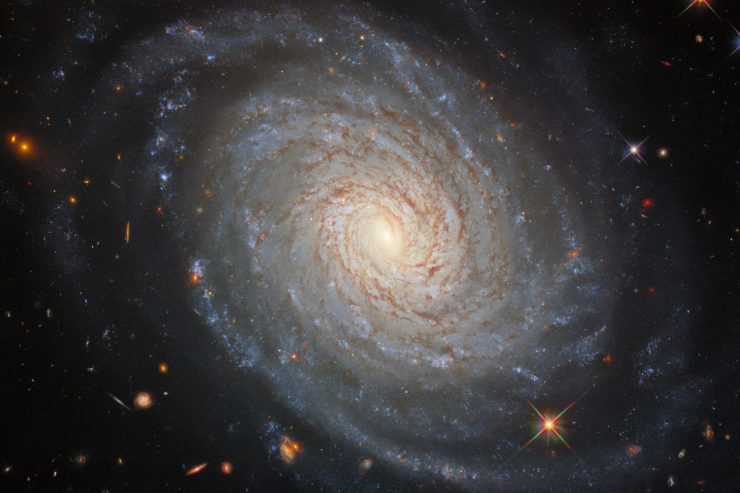The meerKAT radio images released by the South African Radio Astronomy Observatory (SARAO) of the centre of our galaxy are a wonder of clarity and detail. I am particularly fond of the one below—which, had it appeared on the cover of a mass-market paperback, would have had me digging out my wallet for immediate purchase. The Milky Way’s core is a dense crowd of stars, streaked with enigmatic clouds and filaments, surrounding a massive black hole. An enchanting vista, if one that is surely incompatible with life as we know it…
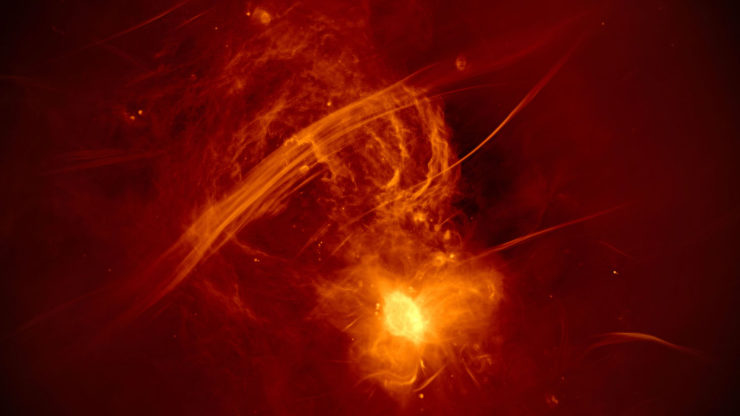
Despite the paucity of detailed information about the Galactic Centre, SF authors have cheerfully featured it in their works all the same. Some have seen it as a forbidden region, others as the logical centre of civilization, and still others as the source of deadly danger. Consider these five works about the core of the Milky Way…
“Final Encounter” by Harry Harrison (1964)

The Galactic Centre proved an insurmountable barrier to further human expansion, since any ships venturing into the core are lost with all their crew. In consequence humanity has slowly, carefully edged its way around the disk of the Milky Way. Only now, after a thousand centuries, have humans made it to the far side of the galaxy, where a momentous discovery awaits: Aliens!
Or at least what they believe to be aliens. The newly met starfolk certainly don’t look like any known variety of human. But appearances can be deceiving.…
“At the Core” by Larry Niven (1966)
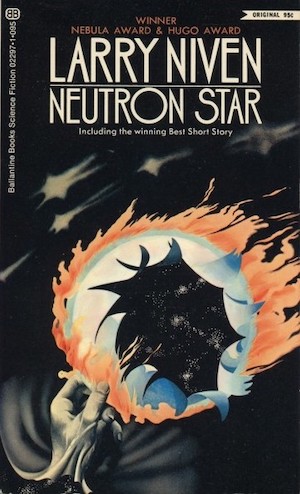
The Quantum II hyperdrive is fast but impractical. It’s prohibitively expensive and so bulky that there is no room for cargo. Nevertheless, the alien Puppeteers are willing to fund a cruise of exploration into the galactic core. The core is three centuries away by conventional hyperdrive, but only a month away with the new drive. Far too cautious to pilot such a dangerous mission themselves, the Puppeteers convince a competent and expendable human, Beowulf Shaeffer, to fly the Long Shot, a craft equipped with the new hyperdrive, to the galactic core and back.
Marvels await Shaeffer…as does the revelation that the Milky Way’s core has exploded. Humanity and its Puppeteer neighbors must flee a lethal wavefront of radiation that will sweep over our worlds in twenty thousand years. Will humans be willing to act now to avert a far distant danger?
Second Genesis by Donald Moffitt (1986)

Desperately hoping to ensure species survival, humans broadcast the human genetic code in radio signal form, hoping that someone somewhere would recreate humans in some far-away realm. Millions of years later, millions of light-years away, the alien Nar did just that. Humanity is reborn.
Intensely curious about their former home and equipped with Nar technology, humans set out for their home galaxy, the long-lost Milky Way. Where their ancestors had settled for radio signals and hope, humanity reborn has, thanks to their Nar patrons, the ability to travel across intergalactic gulfs in person. There is, of course, a catch. Even Nar technology has its limit. If the great starship Yggdrasil is to brake at the end of its long voyage, it must survive an encounter with the black hole at the centre of the Milky Way. If it does survive? Its crew will discover that millions of years are time enough to ensure some very dramatic changes to humanity’s former home.
Eternal Light by Paul McAuley (1991)
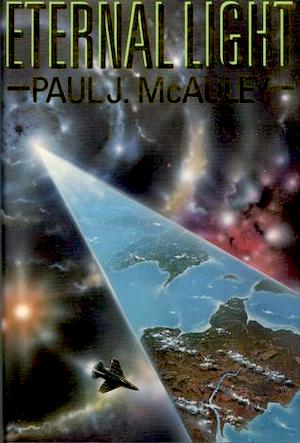 Telepath Dorthy Yoshida is as close to an expert on the Enemy—as humans have dubbed the alien Alea—as the Re-United Nations have available. What she has learned in her first field mission is that the aliens are refugees. There is a great power living in the core of the Milky Way and our timid neighbors, having fled from it, are doing their best not to attract their persecutor’s attention. Too bad that humans, knowing no better, may have radiated through the Milky Way superluminal evidence that we exist.
Telepath Dorthy Yoshida is as close to an expert on the Enemy—as humans have dubbed the alien Alea—as the Re-United Nations have available. What she has learned in her first field mission is that the aliens are refugees. There is a great power living in the core of the Milky Way and our timid neighbors, having fled from it, are doing their best not to attract their persecutor’s attention. Too bad that humans, knowing no better, may have radiated through the Milky Way superluminal evidence that we exist.
Whether the hypervelocity star screaming directly towards the Solar System at seventeen thousand kilometers per second is a natural phenomenon or the work of the Alea’s great enemy is unclear, although the precision of its course is highly suggestive. Someone will have to investigate. Dorthy’s expertise guarantees her a role in the quest. What waits is a high-speed shortcut to the core of the galaxy and confrontation with beings commanding energies that humans can barely comprehend.
Incandescence by Greg Egan (2008)
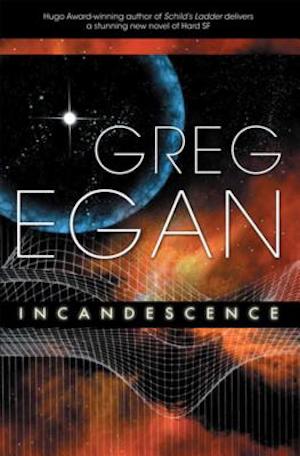
The Amalgam spans the galaxy… well, most of it. The inhabitants of this culture (functionally immortal, post-biological entities, transcended from many species) roam freely through whole of the Milky Way save for the core. Attempts to penetrate the core are blocked. The Amalgam sends probes into the core; the probes return with all records erased. Clearly some entities call the core home, entities the Amalgam dub “the Aloof.”
The Aloof obviously treasure privacy. Hence it is startling when the Aloof make an oblique attempt to communicate. They waylay a traveler, giving it a collection of objects that point to one world within the core. Visitors have been invited. Amalgam Rakesh and Parantham accept the invitation, which will uncover the tragic history of a hidden world.
***
No doubt for every story I mentioned, ten more leapt to readers’ minds, each one more deserving than the last. Comments are, as ever, below.
In the words of Wikipedia editor TexasAndroid, prolific book reviewer and perennial Darwin Award nominee James Davis Nicoll is of “questionable notability.” His work has appeared in Publishers Weekly and Romantic Times as well as on his own websites, James Nicoll Reviews and the Aurora finalist Young People Read Old SFF (where he is assisted by editor Karen Lofstrom and web person Adrienne L. Travis). He is a four-time finalist for the Best Fan Writer Hugo Award, is eligible to be nominated again this year, and is surprisingly flammable.










